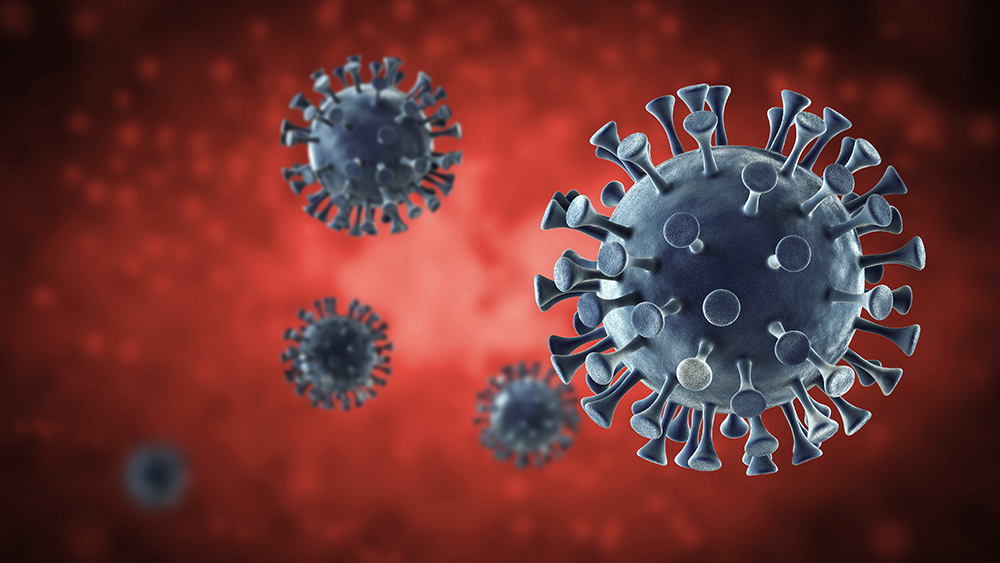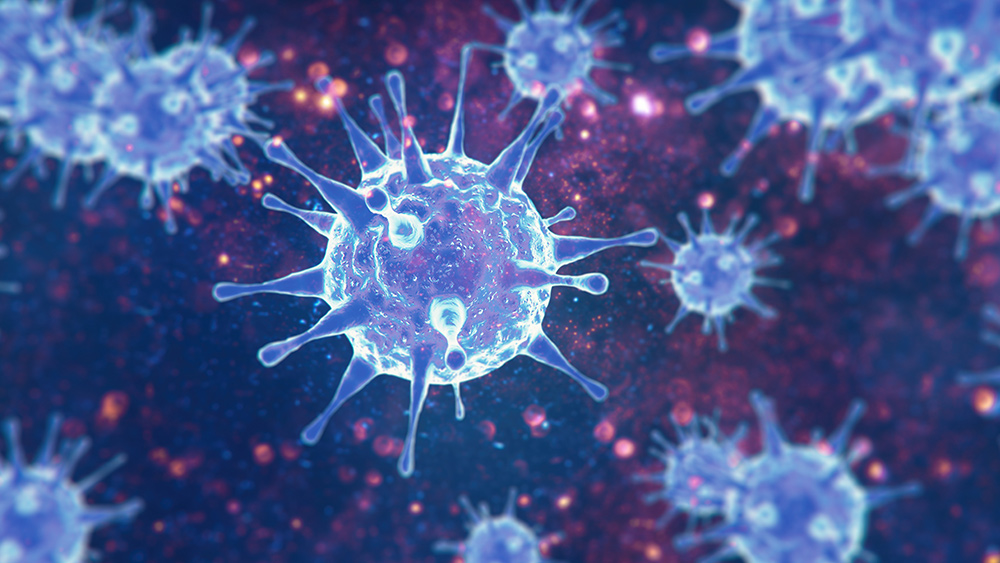
Advertisement
Asymptomatic carriers, or people who don’t show any symptoms of the disease, remain one of the biggest vectors for the spread of the global coronavirus pandemic. Now, a new study from China revealed that close to 80 percent of coronavirus patients were infected by someone who didn’t show any symptoms.
A study from the Shanghai Jiao Tong University looked to figure out how long it took for someone to become infected with the coronavirus. In the process of doing so, the researchers also found out that 79.7 percent of people caught the virus did so from someone who was asymptomatic.
In addition, the team found that the average time someone who has the virus can pass it one before showing symptoms is 3.8 days. This is slightly longer than the one-to-three days stated by the World Health Organization.
Asymptomatic carriers are infectious for much longer
In conducting their study, the team from Shanghai estimated the infection time distribution of the virus. This is the time of the secondary case relative to when the person they caught it from showed symptoms.
Before their study, there had been several reports on the incubation time of COVID-19. The most recent estimates by the WHO put it at about three days.
The researchers then took these reports while looking at people’s movements to calculate the average infection time in Wuhan and outside the city after the Chinese government locked it down. It’s here that the team found out that a vast majority of cases had caught the virus from someone who looks perfectly healthy but has already been infected.
“Through several different approaches, we achieve largely consistent results: a large portion of COVID-19 transmissions may happen presymptomatically,” the team wrote.
It’s here where they’re able to calculate that a person can have the virus for 3.8 days before showing any symptoms. During this time, they’re still able to pass the virus on to other people.
“Patients [are] likely to become infectious in the early stage of their infections instead of just before their symptom onsets,” they added.
A novel approach to estimating the disease’s spread
The researchers stated that their approach of combining the incubation period with time to transmission as a “novel approach” to estimating the spread of the disease. They state that the infection time distribution that they investigated is closely related to the “biologically infectious period” when patients can spread the disease.
“Both provide insights of the transmissibility of COVID-19, but from two different aspects,” they wrote.
The researcher’s findings mirror already available data on viral shedding studies in close contact areas. However, they note that “sociological factors” and “non-pharmaceutical interventions” by local public health authorities are more likely to affect infection time distribution.
“Our findings should be interpreted with caution,” the team concludes. “The epidemic data of COVID-19 patients that [describe] the time and tracing details is very limited.”
Data does not include “true” asymptomatic carrier
The research team also conceded that their data had a number of limitations and that their estimates on the incubation period of the disease have “considerable uncertainty.” Part of this uncertainty comes from the fact that they only drew data from cases with clearly reported tracing details. The team was not able to draw data on transmissions induced by the “true asymptomatic carriers.”
These true asymptomatic carriers are people who carry the coronavirus but are not showing any symptoms of the disease. As such, these often don’t get documented unless these people get tested. (Related: Dr. Oz says NO ONE needs to be tested unless they show symptoms, even as asymptomatic people spread the pandemic without even knowing it.)
With this in mind, the team states that isolating people based on whether they have symptoms alone is not enough to slow the spread of the pandemic.
“Aggressive testing, isolation of close contacts and social distancing to prevent presymptomatic or asymptomatic transmissions are crucial to combat COVID-19,” they conclude.
Sources include:
Advertisement
Advertisements
















